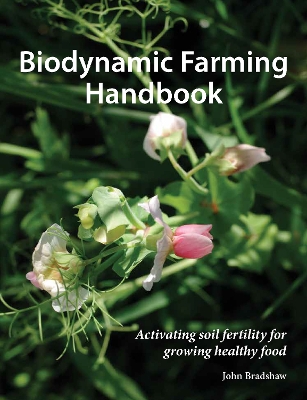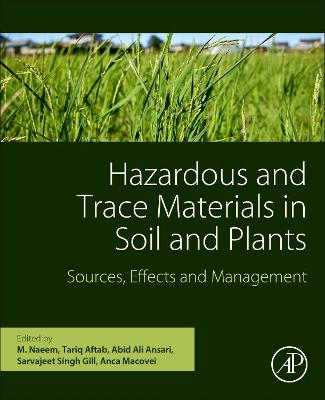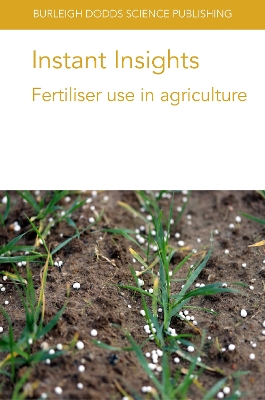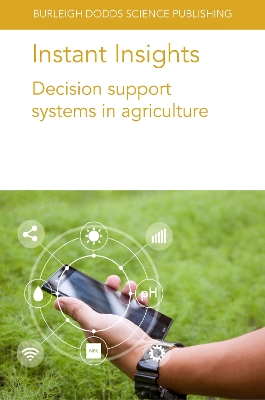Biochar in Agriculture for Achieving Sustainable Development Goals
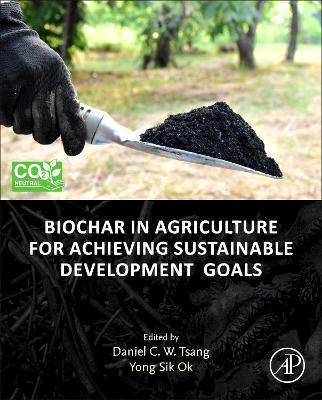 -10%
portes grátis
-10%
portes grátis
Biochar in Agriculture for Achieving Sustainable Development Goals
Tsang, Daniel C.W.; Ok, Yong Sik
Elsevier Science & Technology
05/2022
442
Mole
Inglês
9780323853439
15 a 20 dias
1200
Part II Biochar production and tunable properties 3. Biochar and its potential to increase water, trace element, and nutrient retention in soils 4. Biochar for carbon sequestration and environmental remediation in soil 5. Hydrochar and activated carbon materials from P- and N-rich biomass waste for environmental remediation and bioenergy application 6. The remediation potential of biochar derived from different biomass for typical pollution in agricultural soil 7. Biochar production from lignocellulosic and nonlignocellulosic biomass using conventional and microwave heating 8. Biochar soil application: soil improvement and pollution remediation
Part III Biochar for sustainable agriculture and food production 9. Biochar for clean composting and organic fertilizer production 10. Mineral-enriched biochar fertilizer for sustainable crop production and soil quality improvement 11. Effects of biochar on the environmental behavior of pesticides 12. Biochar nanoparticles: interactions with and impacts on soil and water microorganisms 13. Functionalized biochars for the (im) mobilization of potentially toxic elements in paddy soils under dynamic redox conditions: a case study 14. The role of mineral compositions in biochar stability and reactivity 15. Biochar production and modification for environmental improvement 16. The impact of biochar on nutrient supplies in agricultural ecosystems 17. Utilization of biochar to mitigate the impacts of potentially toxic elements on sustainable agriculture
Part IV Biochar for Environmental Improvement in Farmland 18. Biochar for remediation of alkaline soils contaminated with toxic elements 19. Thallium pollution in farmland soils and its potential amendment by biochar-based materials 20. Effect of biochar on the emission of greenhouse gas in farmland 21. Biochar for nutrient recovery from source-separated urine 22. Influence of biochar on soil biology in the charosphere 23. Biochar for sustainable immobilization of potentially toxic elements in contaminated farmland 24. Sequential biochar systems in a circular economy
Part V Biochar for circular bioeconomy and clean energy for sustainable agriculture 25. Production of biochar using sustainable microwave pyrolysis approach 26. Biochar electrocatalysts for clean energy applications 27. Engineered biochar as a potential adsorbent for carbon dioxide capture 28. Biochar: A sustainable solution for the management of agri-wastes and environment 29. Biochars' potential role in the remediation, revegetation, and restoration of contaminated soils 30. Renewable energy, cleaner environments, and sustainable agriculture from pyrolysis and hydrothermal carbonization of residuals
Part II Biochar production and tunable properties 3. Biochar and its potential to increase water, trace element, and nutrient retention in soils 4. Biochar for carbon sequestration and environmental remediation in soil 5. Hydrochar and activated carbon materials from P- and N-rich biomass waste for environmental remediation and bioenergy application 6. The remediation potential of biochar derived from different biomass for typical pollution in agricultural soil 7. Biochar production from lignocellulosic and nonlignocellulosic biomass using conventional and microwave heating 8. Biochar soil application: soil improvement and pollution remediation
Part III Biochar for sustainable agriculture and food production 9. Biochar for clean composting and organic fertilizer production 10. Mineral-enriched biochar fertilizer for sustainable crop production and soil quality improvement 11. Effects of biochar on the environmental behavior of pesticides 12. Biochar nanoparticles: interactions with and impacts on soil and water microorganisms 13. Functionalized biochars for the (im) mobilization of potentially toxic elements in paddy soils under dynamic redox conditions: a case study 14. The role of mineral compositions in biochar stability and reactivity 15. Biochar production and modification for environmental improvement 16. The impact of biochar on nutrient supplies in agricultural ecosystems 17. Utilization of biochar to mitigate the impacts of potentially toxic elements on sustainable agriculture
Part IV Biochar for Environmental Improvement in Farmland 18. Biochar for remediation of alkaline soils contaminated with toxic elements 19. Thallium pollution in farmland soils and its potential amendment by biochar-based materials 20. Effect of biochar on the emission of greenhouse gas in farmland 21. Biochar for nutrient recovery from source-separated urine 22. Influence of biochar on soil biology in the charosphere 23. Biochar for sustainable immobilization of potentially toxic elements in contaminated farmland 24. Sequential biochar systems in a circular economy
Part V Biochar for circular bioeconomy and clean energy for sustainable agriculture 25. Production of biochar using sustainable microwave pyrolysis approach 26. Biochar electrocatalysts for clean energy applications 27. Engineered biochar as a potential adsorbent for carbon dioxide capture 28. Biochar: A sustainable solution for the management of agri-wastes and environment 29. Biochars' potential role in the remediation, revegetation, and restoration of contaminated soils 30. Renewable energy, cleaner environments, and sustainable agriculture from pyrolysis and hydrothermal carbonization of residuals



